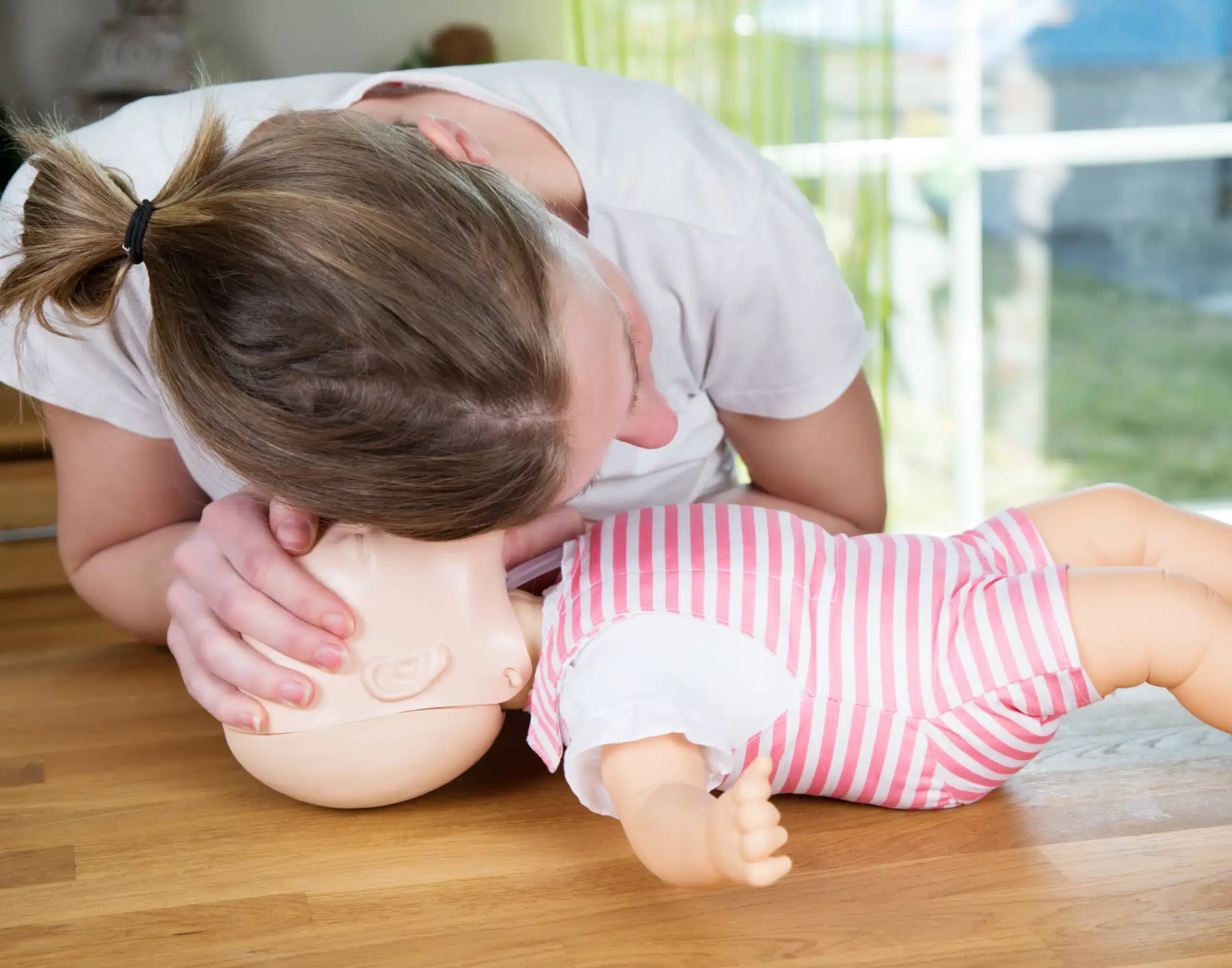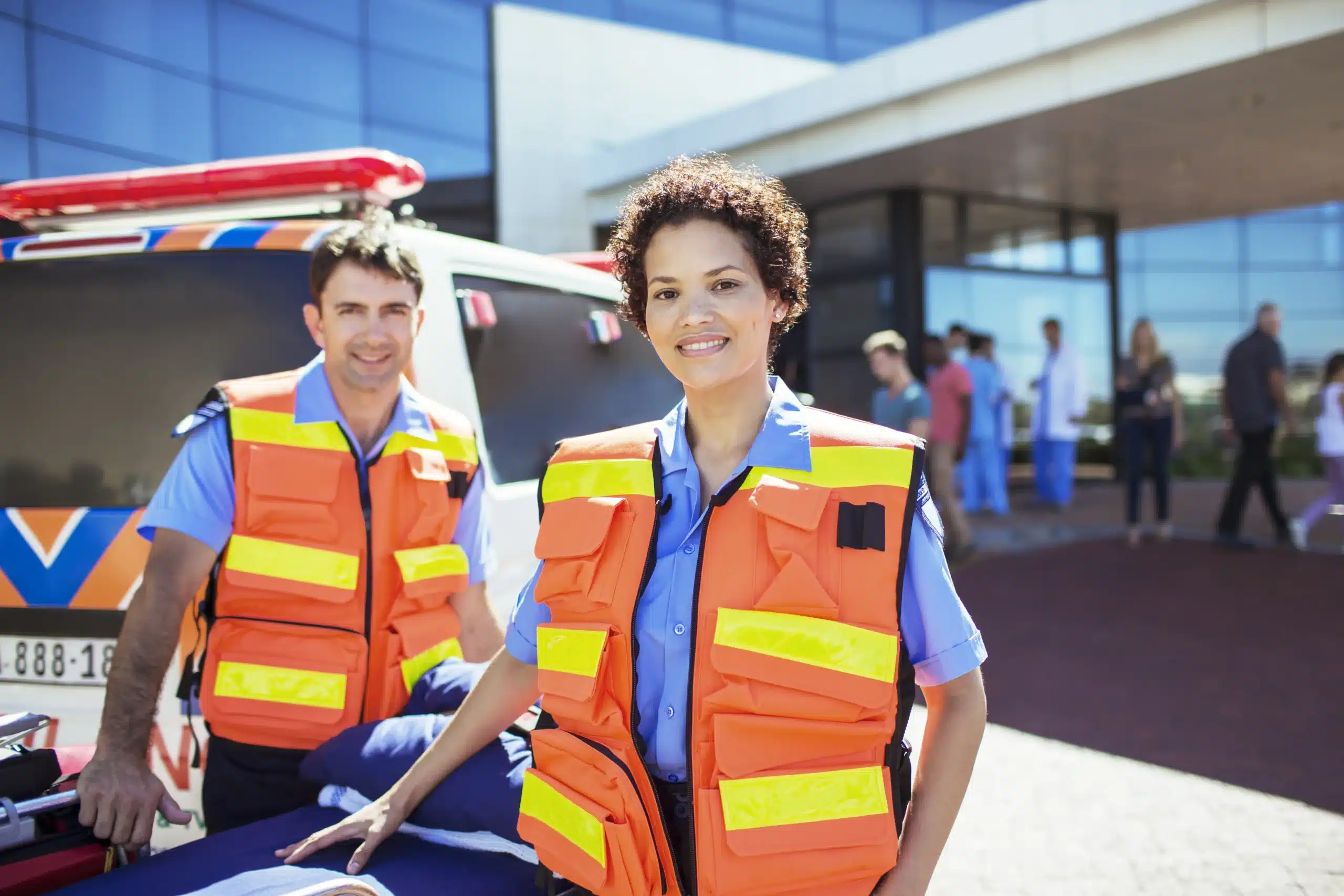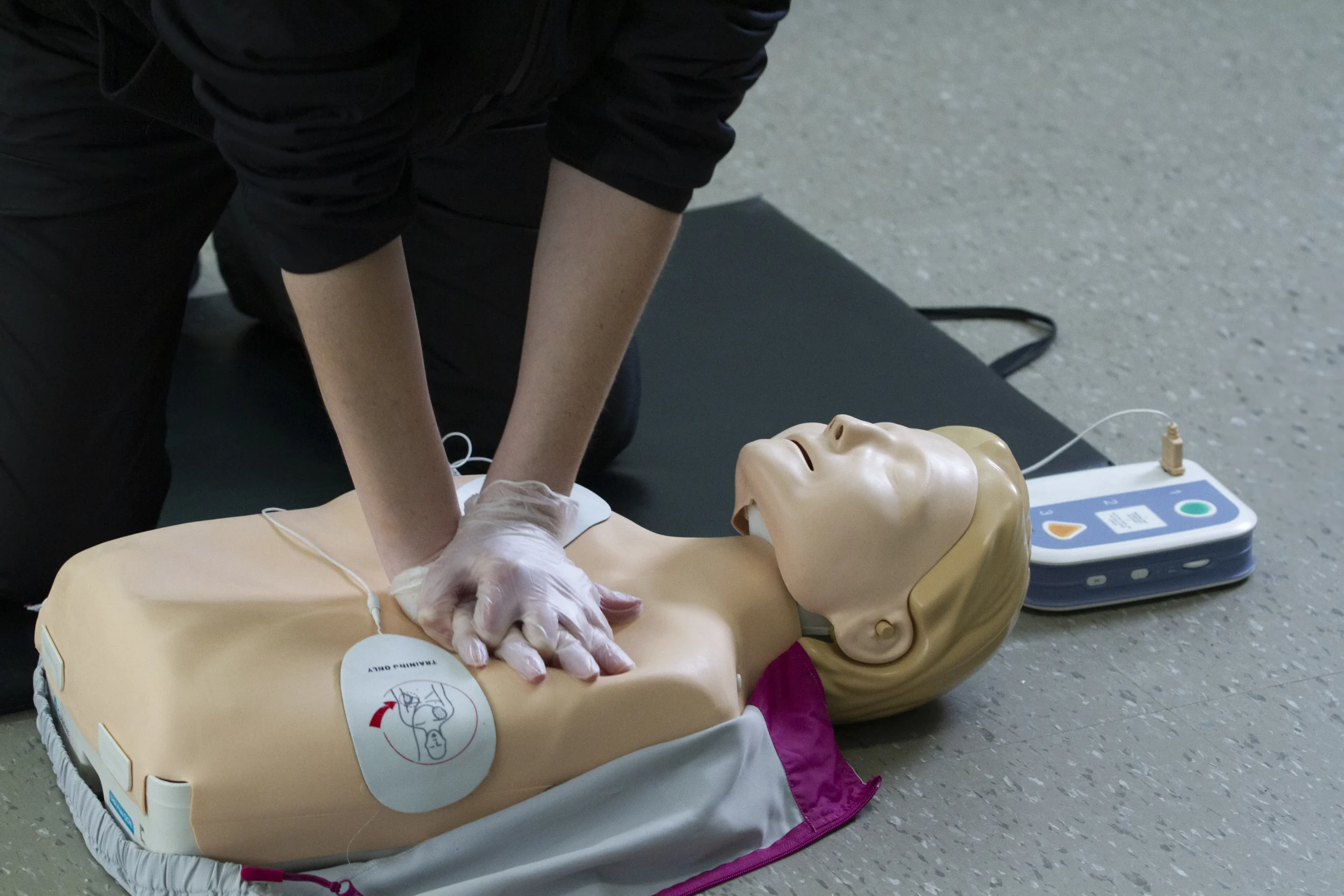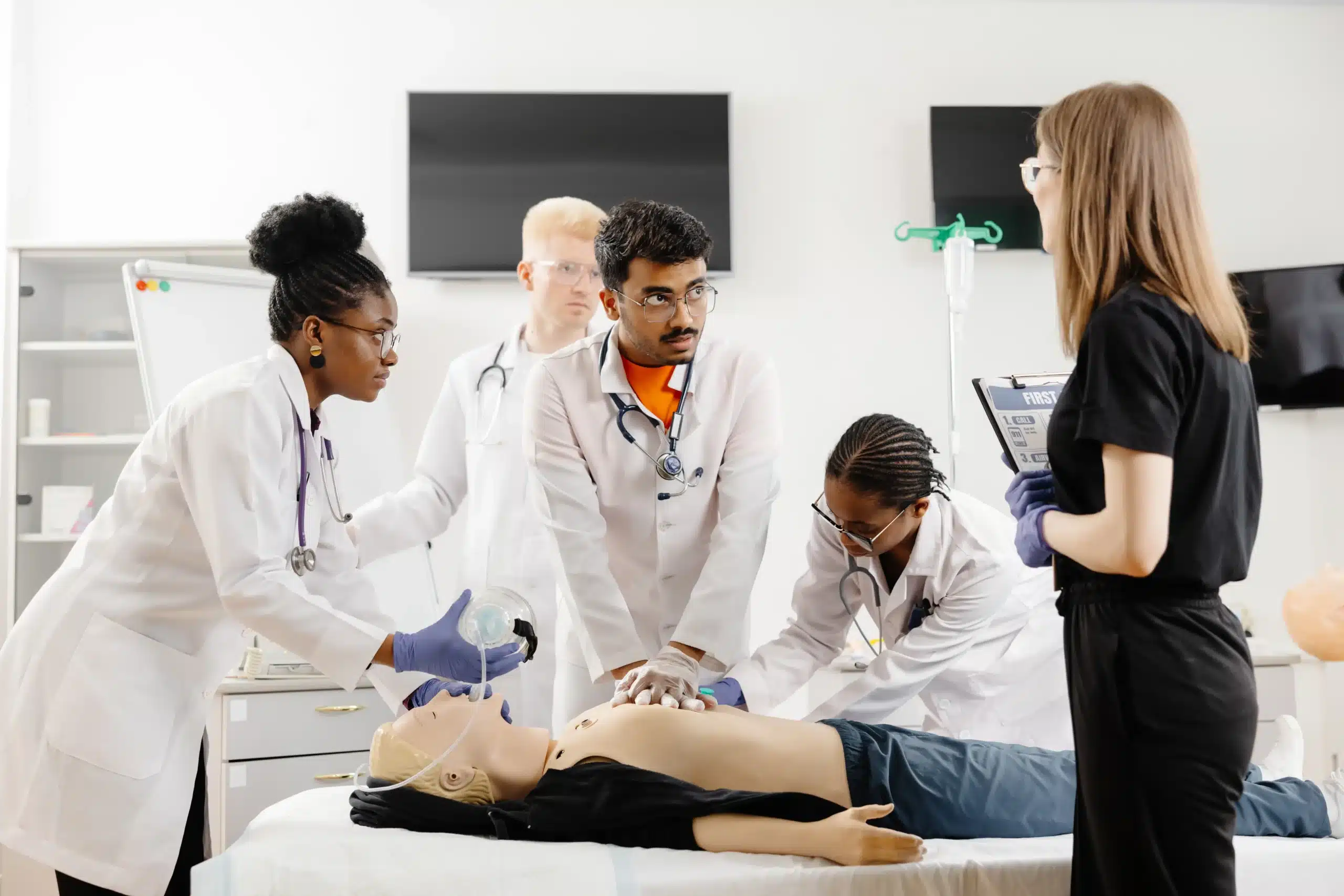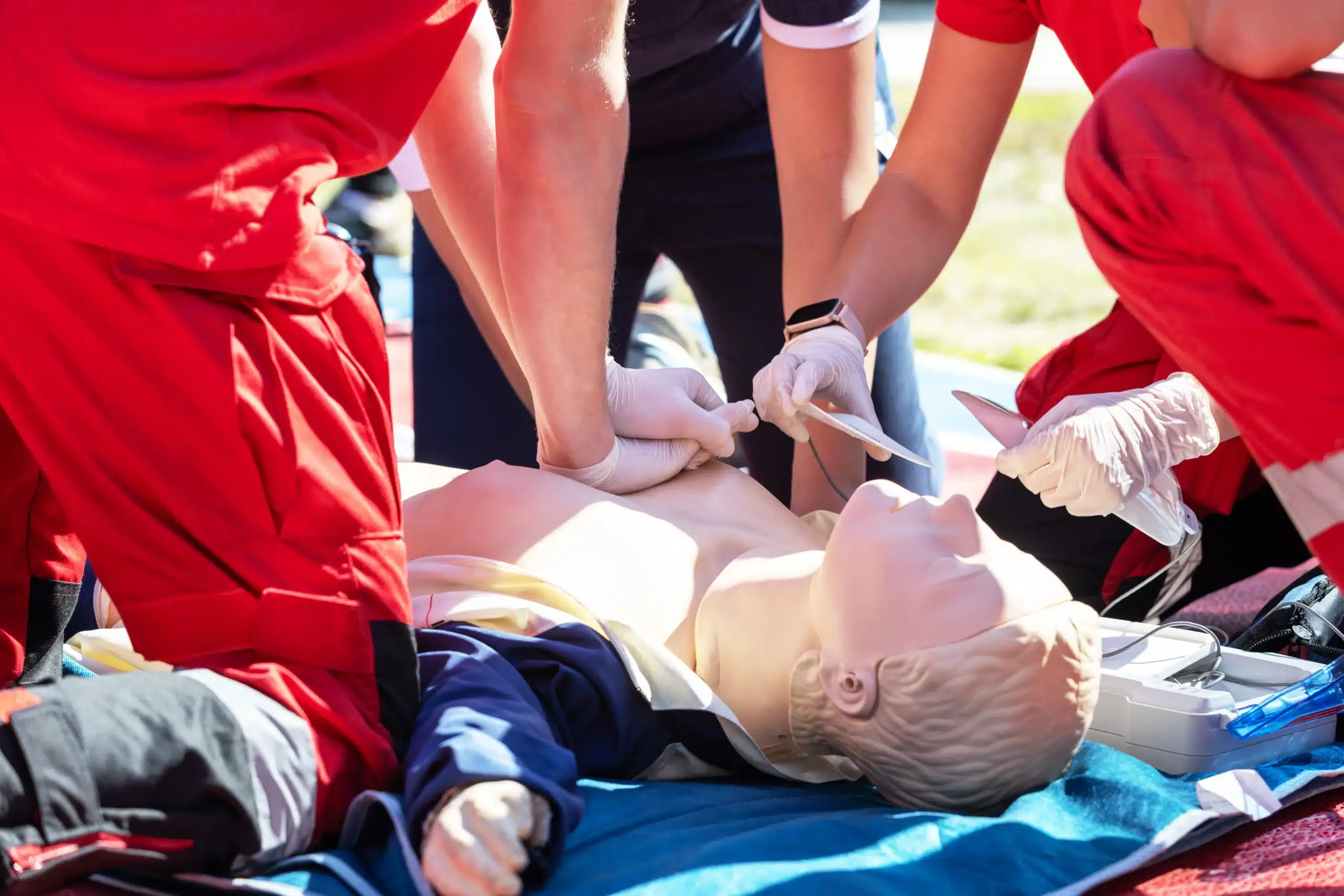Empowering yourself with life-saving skills is one of the most valuable things you can do, both for yourself and your community. BLS certification provides the knowledge and hands-on training to respond confidently in medical emergencies. Whether you’re a healthcare professional, a concerned parent, or simply someone who wants to be prepared, BLS courses in Sacramento offer accessible and comprehensive training options. This guide will walk you through the essentials of BLS, including what the training covers, where to find certified courses in Sacramento, and how to choose the right program for your goals. We’ll also delve into the importance of maintaining your skills after certification, ensuring you’re always ready to lend a helping hand.
Key Takeaways
- BLS is a life-saving skillset for everyone: From healthcare providers to everyday people, BLS training equips you to handle emergencies and potentially save lives. It’s about being prepared and empowered to act when it matters most.
- Finding the right BLS course is key: Consider your learning style and schedule when choosing between in-person, online, or blended learning formats. Look for qualified instructors and affordable options like those offered by Safety Training Seminars.
- Staying prepared is an ongoing effort: BLS certification is just the beginning. Regularly practicing your skills and refreshing your knowledge ensures you’re always ready to respond effectively in a crisis.
What is BLS?
What is BLS and why is it important?
BLS stands for Basic Life Support. It’s a set of life-saving medical procedures used in emergencies like heart attacks, strokes, drownings, and other situations where someone’s breathing or heartbeat has stopped. BLS certification goes beyond standard CPR training, encompassing advanced techniques for managing cardiac arrest, respiratory distress, and airway obstructions. These skills are crucial for providing immediate care until professional medical help arrives, significantly increasing the chances of survival. Think of it as the first line of defense in a medical crisis.
Who needs BLS certification?
While healthcare providers, like doctors and nurses, require BLS certification, it’s also incredibly useful for a much wider range of professions. Public safety personnel, such as firefighters and police officers, benefit from BLS training. Anyone who might need to respond to emergencies—lifeguards, teachers, coaches, and even parents—can gain essential skills from a BLS course. BLS certification equips individuals to confidently handle critical situations and potentially save lives.
Common misconceptions about BLS training
There are a few common misconceptions about BLS training. First, BLS certification isn’t a one-time requirement. Like many certifications, it requires periodic renewal to ensure your skills stay sharp and align with the latest medical guidelines. Another misconception is that BLS training is only for healthcare professionals. This isn’t true. BLS training includes using automated external defibrillators (AEDs), basic airway management, and techniques for assisting someone who is choking—skills valuable for anyone. Finally, some people believe online BLS courses aren’t as effective as in-person classes. While hands-on practice is essential, many online courses now incorporate interactive elements and simulations, making them a convenient and effective learning option.
Best BLS Course Providers in Sacramento
Finding the right BLS course provider is key to receiving quality training. Here’s a rundown of some reputable options in Sacramento:
Safety Training Seminars CPR
Safety Training Seminars, a woman-owned AHA Training Center, offers a comprehensive range of certification courses, including BLS, ACLS, PALS, CPR, and First Aid. They prioritize affordability, with a low-price guarantee for Sacramento County residents. This makes them an excellent choice for those seeking high-quality training without breaking the bank.
American Red Cross
The American Red Cross in Sacramento provides BLS certification and renewal courses. They offer both in-person and blended learning (online/in-person) formats, catering to different learning styles. Geared towards healthcare providers and first responders, their training covers CPR, First Aid, AED use, and crucial skills like scene safety and teamwork.
CPR Certification Sacramento
CPR Certification Sacramento offers AHA-certified CPR and First Aid classes in Sacramento and surrounding areas. With both classroom and on-site group options, they provide flexibility for individuals and organizations. Their straightforward course offerings and pricing make it easy to find the right fit.
Sacramento CPR Classes
Sacramento CPR Classes provides AHA-approved BLS training specifically designed for healthcare providers. They emphasize hands-on skills development and offer blended learning options. Their focus on practical application ensures participants gain the confidence to respond effectively in real-life emergencies.
Dignity Health
Dignity Health offers BLS classes designed to equip healthcare professionals with the skills to manage life-threatening emergencies. Their curriculum covers essential techniques such as CPR, AED use, and relieving choking. Dignity Health’s established reputation in the healthcare community makes them a trusted provider.
Choose the Right BLS Course
Finding the right BLS course means considering a few things to make sure it fits your learning style, schedule, and budget. Here’s a breakdown of the key points to help you choose wisely.
Course formats: In-person, online, and blended options
BLS courses typically come in three formats: in-person, online, and blended learning. In-person classes give you hands-on training and direct interaction with your instructor. Online courses offer flexibility for busy schedules, letting you learn at your own pace. Blended learning combines online modules with in-person skills sessions for a mix of flexibility and hands-on practice. Safety Training Seminars offers a variety of scheduling options to fit different needs.
Duration and frequency of classes
BLS courses usually take a few hours, but the exact time depends on the format and provider. Check with specific training centers like Safety Training Seminars for their schedules and how long classes run. Many providers offer classes often, sometimes even daily, to accommodate busy schedules.
Certification validity and renewal process
BLS certifications are usually good for two years. After that, you’ll need to renew to stay up-to-date and keep your credentials. Plan and check with your certifying organization, such as the American Heart Association, for what’s required to renew.
Evaluate course content and instructor qualifications
When you’re looking at BLS courses, it’s important to check out what’s covered and who’s teaching. Look for programs accredited by reputable organizations like the American Heart Association. Instructors should have a lot of experience and be current on BLS procedures. Research different providers to make sure they meet these standards.
Cost considerations and value
BLS course fees vary based on the provider, location, and course format. While cost matters, focus on the value and quality of the instruction. Safety Training Seminars offers a low-price guarantee, so you get affordable, high-quality training. When comparing prices, see what’s included, like study materials, certification cards, and any continuing education credits.
What Happens in a BLS Course?
Wondering what to expect in a BLS course? It’s a dynamic mix of learning and hands-on practice. Here’s what a typical BLS course entails:
Key skills and knowledge covered
BLS certification goes beyond standard CPR training, equipping you with the skills to manage life-threatening emergencies. You’ll learn to recognize and respond to cardiac arrest, respiratory distress, and airway obstructions. The curriculum covers essential protocols, including high-quality chest compressions, delivering appropriate ventilations, and the importance of teamwork and communication during emergencies.
Hands-on training components
BLS classes aren’t just lectures. They emphasize hands-on learning, providing ample opportunities to practice your skills. You’ll work with training equipment and realistic scenarios to build confidence and proficiency in performing CPR, using an AED, and relieving choking. This hands-on training is crucial for developing the muscle memory and quick thinking needed in real-life emergencies.
Use of training equipment (manikins, AEDs)
BLS courses use specialized training equipment to simulate real-world emergencies. You’ll work with realistic manikins to practice chest compressions, rescue breaths, and airway management techniques. You’ll also gain experience using an Automated External Defibrillator (AED), a device that can help restore a normal heart rhythm during cardiac arrest. This practice prepares you to use this equipment effectively under pressure.
Assessment and certification process
At the end of your BLS course, you’ll complete an assessment to demonstrate your proficiency. This typically involves a practical skills test and a written exam. Upon successful completion, you’ll receive your BLS certification card, valid for two years. Many training centers, including Safety Training Seminars, offer immediate certification, so you’re ready to respond to emergencies right away.
Prepare for Your BLS Course
Getting ready for your BLS course can make a real difference in how much you get out of it. Here’s how to prepare and make the most of your training.
Pre-course materials and resources
Many BLS courses, especially those using a blended learning format, offer online materials you’ll need to review before your in-person skills session. This often includes videos and interactive lessons covering essential concepts like recognizing life-threatening emergencies, high-quality CPR, and the AHA Chain of Survival. Completing these pre-course materials sets a solid foundation for the hands-on portion of your training. Check with your chosen provider, like Safety Training Seminars, about their specific resources.
Tips for successful completion
Before you even sign up, take some time to research different BLS course options. Look for programs with recognized accreditation, like those offered through the American Heart Association. Experienced instructors can make a big difference, so check their credentials and experience. Think about whether an in-person, online, or blended learning format works best for your schedule and learning style. And, of course, compare costs—Safety Training Seminars offers a low price guarantee for their courses.
Additional support and practice opportunities
After your initial BLS certification, look for ways to keep your skills sharp. The AHA offers online resources and refresher courses to help you stay up-to-date. Regular practice is key to maintaining confidence and proficiency in these life-saving techniques. Consider adding practice sessions to your routine or joining a study group to reinforce your learning.
Maintain your BLS skills after certification
Even after you’ve completed your BLS course and received your certification card, staying prepared is an ongoing process. Regularly review key concepts and practice your skills to maintain your proficiency. Knowing you can respond effectively in a crisis brings peace of mind and empowers you to make a difference when it matters most. Studies show that consistent BLS training helps healthcare providers react quickly and efficiently in emergencies. Consider setting reminders to refresh your knowledge and skills periodically, ensuring you’re always ready to respond.
Related Articles
- BLS Classes in Sacramento: Your Complete Guide – Sacramento CPR Classes
- BLS Certification Sacramento: A Guide for Healthcare Providers – Sacramento CPR Classes
- HeartCode BLS Sacramento: Your Certification Guide – Sacramento CPR Classes
- BLS CPR Classes in Sacramento, CA – Sacramento CPR Classes
- BLS Certification in Sacramento: Your Complete Guide – Sacramento CPR Classes
Frequently Asked Questions
How often do I need to renew my BLS certification? BLS certification is typically valid for two years. Renewal is required to stay current with the latest guidelines and maintain your credentials. Check with your certifying organization or training center for specific renewal requirements.
What’s the difference between BLS and CPR certification? BLS (Basic Life Support) certification builds upon CPR (Cardiopulmonary Resuscitation) skills. While CPR focuses on chest compressions and rescue breaths, BLS encompasses a broader range of skills, including AED use, airway management, and the protocols for managing various life-threatening emergencies. BLS certification provides a more comprehensive approach to emergency care.
Is online BLS training as effective as in-person training? Online BLS training can be a very effective way to learn the material, especially for those with busy schedules. Many online courses now incorporate interactive elements and simulations to enhance learning. However, in-person training offers the advantage of hands-on practice and direct interaction with instructors. Blended learning, which combines online modules with in-person skills sessions, offers a balance of flexibility and practical application.
What if I don’t work in healthcare? Do I still need BLS certification? While BLS certification is essential for healthcare professionals, it’s a valuable skill set for anyone. From teachers and coaches to parents and caregivers, having BLS training can empower you to respond effectively in emergencies. These skills can make a critical difference in situations where seconds count, even outside of a healthcare setting.
How can I find affordable BLS training in Sacramento? Several organizations in Sacramento offer affordable BLS training. Look for training centers with low-price guarantees or compare pricing from different providers. Consider factors like course format, location, and included materials when evaluating the overall value of a BLS course. Don’t hesitate to contact training centers directly to inquire about discounts or special offers.


